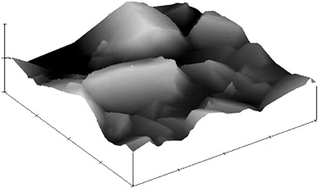Experimental and theoretical study of the electronic structures of α-PbO and β-PbO2†
Abstract
The electronic structures of α-PbO and β-PbO2 have been investigated by X-ray photoemission, X-ray absorption and X-ray emission spectroscopies, supported by bandstructure calculations performed within the framework of density functional theory. The relative intensity of a peak found at the bottom of the valence band for both


 Please wait while we load your content...
Please wait while we load your content...